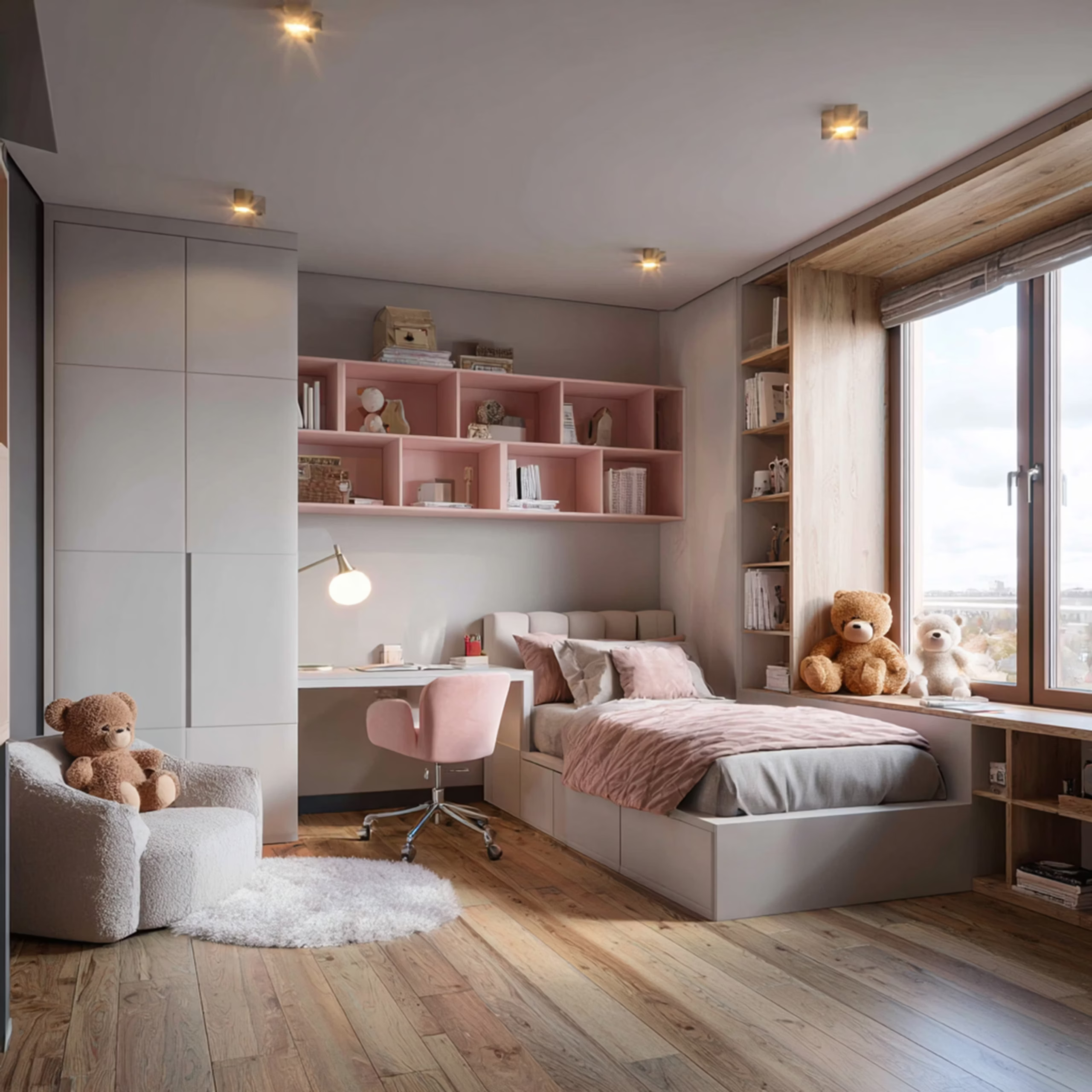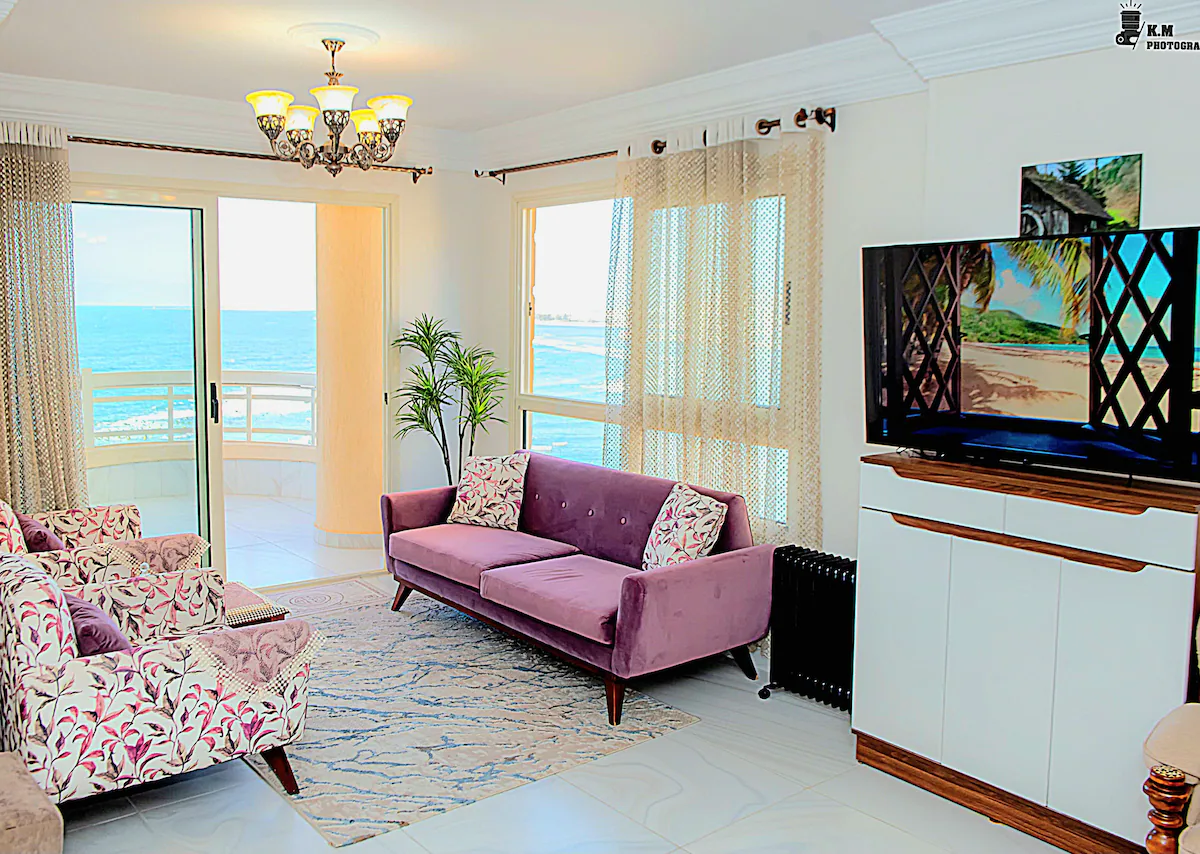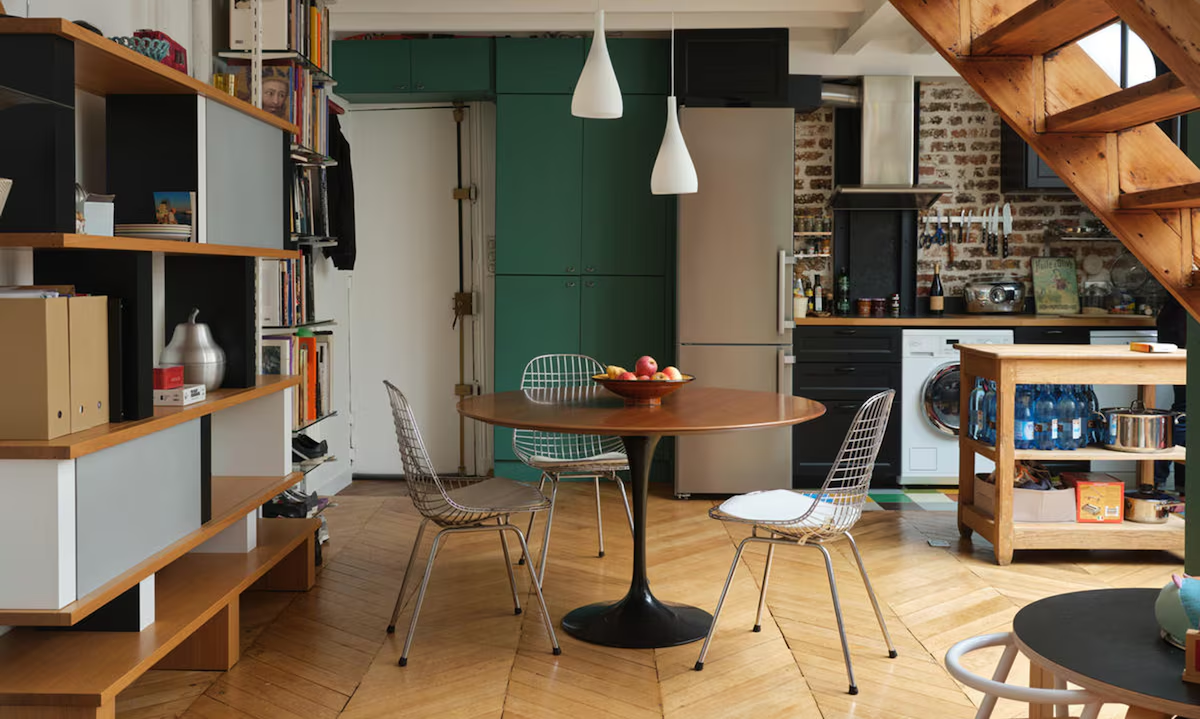Table of Contents
ToggleAre you looking for a child-safe place for you and your family?
In Egypt, a country with a growing population and a dynamic urban environment, apartment living is the norm for millions of families. As cities like Cairo, Alexandria, and Giza continue to expand vertically to accommodate the population, the need for thoughtfully designed, child-safe apartments has never been more urgent. Egyptian families, often living in compact and busy residential environments, face unique challenges in ensuring the safety and well-being of their children within these urban spaces. This article explores the key aspects of child-safe apartment design, highlighting practical solutions and considerations tailored to Egypt’s social, cultural, and environmental context.
Understanding the Need for Child-Safe Design
Children are naturally curious and active, often unaware of the dangers around them. In an apartment setting, where space is limited and hazards are common, the potential for accidents increases. From unguarded balconies and open windows to electrical outlets and sharp furniture corners, many everyday features can pose a risk to young children. In Egypt, where extended families often live under one roof, designing safe and functional spaces for children becomes even more critical.
The rise in dual-income households and the increasing reliance on childcare support from grandparents or nannies means that not all children are under constant parental supervision. This reality underlines the need for built-in safety measures that minimize risk without compromising the aesthetic or functionality of the living space.
Key Elements of Child-Safe Apartment Design
Safe Balconies and Windows
In Egyptian apartments, balconies are a standard feature due to climate and lifestyle preferences. However, they are also among the most dangerous areas for young children.
-
Safety Grills: Installing fixed, child-proof metal grills on balconies and windows is essential. These grills should have vertical bars and be spaced close enough to prevent a child from squeezing through.
-
Tempered Glass Barriers: For a more modern look, tempered glass with reinforced railings can be used, provided they meet safety regulations.
-
Window Locks: Secure locking mechanisms on all windows are a must, especially for windows on higher floors.
 Childproofing Electrical Systems
Childproofing Electrical Systems
Egypt’s older buildings often have exposed wiring or outdated electrical systems, which can be hazardous.
-
Outlet Covers: All electrical outlets should be fitted with childproof covers.
-
Cord Management: Electrical cords should be hidden or fastened securely to prevent tripping or chewing hazards.
-
Upgraded Panels: Modern circuit breakers with safety switches can significantly reduce the risk of electric shock.
Safe Flooring and Layout
Children spend a lot of time on the floor, playing, crawling, and running. Slippery tiles, uneven flooring, and cluttered layouts increase the risk of falls and injuries.
-
Non-slip Tiles: Choose textured tiles or add non-slip rugs and foam mats, especially in play areas and bathrooms.
-
Open Layouts: Avoid sharp turns and tight hallways. An open-plan design allows better supervision and reduces collision risks.
-
Corner Protectors: Add soft guards to furniture corners, especially on coffee tables and countertops.
Culturally-Informed Safety Considerations
Designing for child safety in Egypt must also respect the local lifestyle, traditions, and housing norms.
Shared Living Spaces
In many Egyptian households, especially in lower-income or extended family settings, several family members may share living rooms, bedrooms, or even beds. This makes zoning even more important.
-
Partitioned Play Areas: Even in small apartments, using foldable screens or modular furniture to create safe zones for children can help reduce accidents.
-
Multi-functional Furniture: Beds with built-in storage, folding tables, and bunk beds with safety rails help maximize space while maintaining safety.
Cultural Practices and Furniture Use
Egyptian families often sit on low furniture or floor cushions, and decorative items like glass tables, ornate ceramics, and sharp-edged furniture are common.
-
Furniture Selection: Opt for rounded, child-friendly furniture. Avoid glass top tables or use protective film to prevent shattering.
-
Decoration Safety: Keep heavy or breakable decorations out of reach. Wall-mounted shelves should be anchored securely.

Enhancing Safety Through Smart Design
Smart Home Integration
Technology is increasingly being used to enhance child safety.
-
Smart Door Locks and Cameras: Allow parents to monitor who enters or leaves the apartment.
-
Motion Sensors and Alarms: Alert parents when children enter restricted areas like kitchens or balconies.
-
Voice-Activated Controls: Reduce the need for children to interact with potentially dangerous appliances.
Kitchen and Bathroom Safety
These two rooms pose some of the highest risks for children.
-
Stove Guards and Safety Latches: Prevent children from turning on burners or accessing sharp tools.
-
Non-slip Mats and Faucet Covers: Reduce the risk of slips and burns in bathrooms.
-
Temperature Regulators: Set water heaters to safe temperatures to prevent scalding.
Legal and Policy Considerations in Egypt
While Egypt does not yet have comprehensive national regulations mandating child-safe apartment features, there is growing awareness among developers and architects. Organizations like the Egyptian Engineers Syndicate and urban planning bodies are increasingly considering child-safety in building codes, especially in new housing developments.
Private developers targeting young families are beginning to incorporate safety features such as:
-
Fenced playgrounds in gated communities
-
In-unit childproofing consultations
-
Family-focused layouts and amenities
Public awareness campaigns led by NGOs and pediatric health institutions also play a crucial role in educating families about home safety.
Recommendations for Egyptian Families
While developers and policymakers have their role, parents can take proactive steps:
-
Conduct a Safety Audit: Walk through the apartment at child-level to identify hazards.
-
Invest in Safety Tools: Baby gates, cabinet locks, and outlet covers are small investments that offer big protection.
-
Educate Caregivers: Ensure that all household members understand safety rules and how to use safety features.
-
Stay Updated: Follow local parenting forums, blogs, and health organizations for tips on maintaining a safe home environment.
Conclusion
Designing child-safe apartments in Egypt requires a mix of modern design principles, cultural sensitivity, and practical implementation. As urban living continues to grow, the challenge of creating safe, nurturing environments for children becomes more pressing. Through informed design choices, technological integration, and community awareness, Egyptian families can transform their apartments into safe havens where children can thrive. It’s a collective responsibility—of architects, builders, parents, and policymakers—to build a safer future for the nation’s youngest citizens.
Frequently Asked Questions
Why is child-safe apartment design particularly important in Egypt?
Child-safe design is crucial in Egypt due to the country’s high urban population density, large number of apartment dwellers, and cultural practices of multi-generational living. Many Egyptian families live in mid- to high-rise apartments where hazards like balconies, open windows, and limited space are common. Additionally, the lack of strict building codes for child safety increases the need for proactive design. Parents often have less time for supervision due to work or household duties, making built-in safety features a necessity rather than a luxury.
What are the most common hazards for children in Egyptian apartments?
Some of the most frequent hazards include:
-
Balconies and open windows with low railings or no grills.
-
Electrical outlets and exposed wiring, especially in older buildings.
-
Slippery tile floors common in Egyptian homes.
-
Sharp-cornered furniture and glass tables used in traditional décor.
-
Kitchens and bathrooms with hot water access, sharp tools, or cleaning chemicals.
-
Cluttered spaces, which are common due to small apartment sizes and multi-use rooms.
How can balconies be made safer for children in apartments?
Balconies are among the most dangerous areas for children in Egyptian homes. To enhance safety:
-
Install metal grills or mesh barriers with vertical bars.
-
Ensure railings are at least 1.2 meters high and cannot be climbed.
-
Use tempered safety glass for a modern look, but only if it meets safety codes.
-
Add childproof locks on balcony doors to prevent unsupervised access.
-
Avoid placing furniture like chairs near railings that children could climb on.
What role does furniture play in child-safe apartment design?
Furniture greatly affects a child’s safety. In Egypt, traditional furniture often includes glass, metal, and sharp edges. To make apartments safer:
-
Choose rounded, cushioned furniture.
-
Avoid glass-top tables or add protective films to prevent shattering.
-
Use corner protectors on sharp-edged furniture.
-
Opt for multi-functional furniture like beds with storage to reduce clutter and improve mobility within small apartments.
